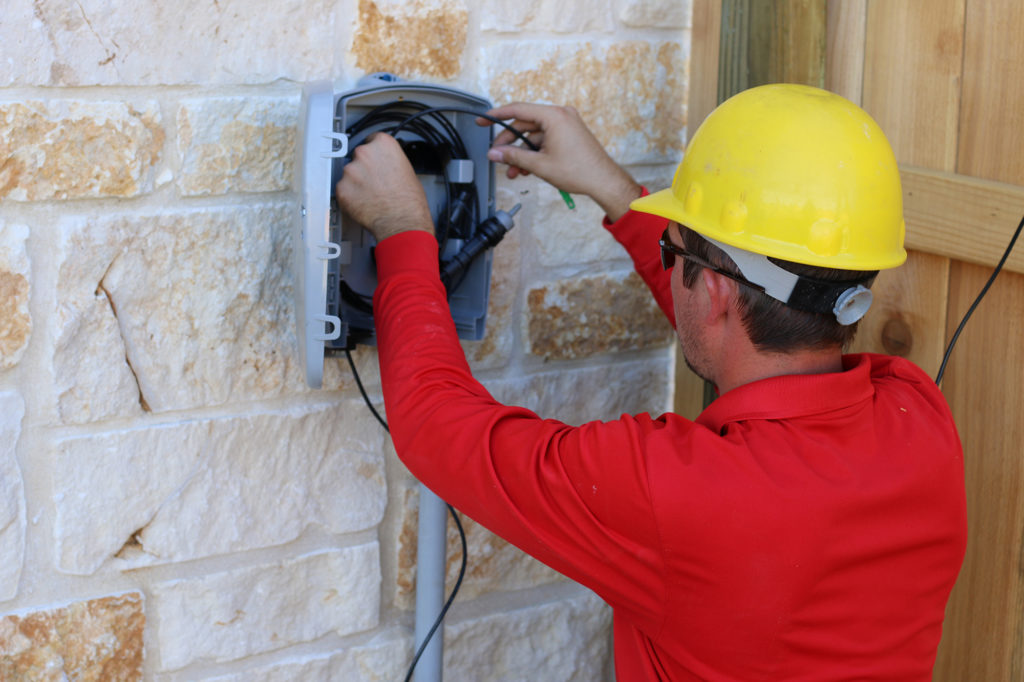
Guadalupe Valley Electric Cooperative knows a thing or two about providing internet access to rural America on a co-op’s budget. It’s been doing so for 20 years.
“We entered the business when the internet was just gaining traction,” said GVEC General Manager Darren Schauer.
Today, more than 12,500 GVEC members in south-central Texas are receiving broadband services over its wireless and fiber-to-the home networks.
“We are seeing strong demand for our service,” he said. “We are realizing customer take rates in the range of 60 to 80 percent within the first 18 months of having the service available.”
GVEC, based in Gonzales, and a handful of Texas co-ops looking into FTTH are hopeful new state legislation will alleviate a major delay and cost for co-op broadband: easement renegotiations.
Texas law requires co-ops to sign new right-of-way agreements with landowners to add fiber to utility infrastructure. A bill moving through the legislature would make it clear that electric co-ops could use existing easements to provide broadband.
Distances across properties are huge in Texas, and absentee landowners are common. Hiring contractors to obtain easement permission from thousands of landowners can cost the co-op up to $500,000 per year, said Schauer, who recently testified before a state Senate committee considering the bill.
“We can install fiber on the pole but we can’t deliver broadband without receiving a new easement,” he said. “If we can get legislation passed, we can take those resources and apply them to building additional fiber.”
Low population density in rural communities also carries higher service costs, but Schauer said, “We want to be sure we are doing something in each of the counties that we serve.”
GVEC, which serves electricity in five counties and parts of 13 others, is building broadband into each of the five primary counties. The meters in these areas range from nine to four per mile.
GVEC first offered dial-up connection to the World Wide Web to its members in 1998 when no other provider would. Next, the co-op offered multi-point wireless access with speeds up to 25 megabits per second—what the Federal Communications Commission today calls broadband.
The co-op began exploring FTTH in 2013, targeting a small, densely populated area and developing a team to test itself on planning and design.
GVEC has since reached more than 9,000 homes and businesses with broadband fiber starting at 100 mbps and plans to build access to another 4,000 to 5,000 this year, Schauer said.
“From our perspective, broadband fiber-to-the-home has to pay for itself,” said Schauer. “We saw what type of take rates we could get. The investment and return we made was in line with our projections.”
Schauer believes broadband delivered by electric co-ops is here to stay.
“Broadband is really lagging across rural areas,” he said. “It is only going to grow in the future as more and more people become dependent on high-speed internet.”
Cathy Cash is a staff writer at NRECA.